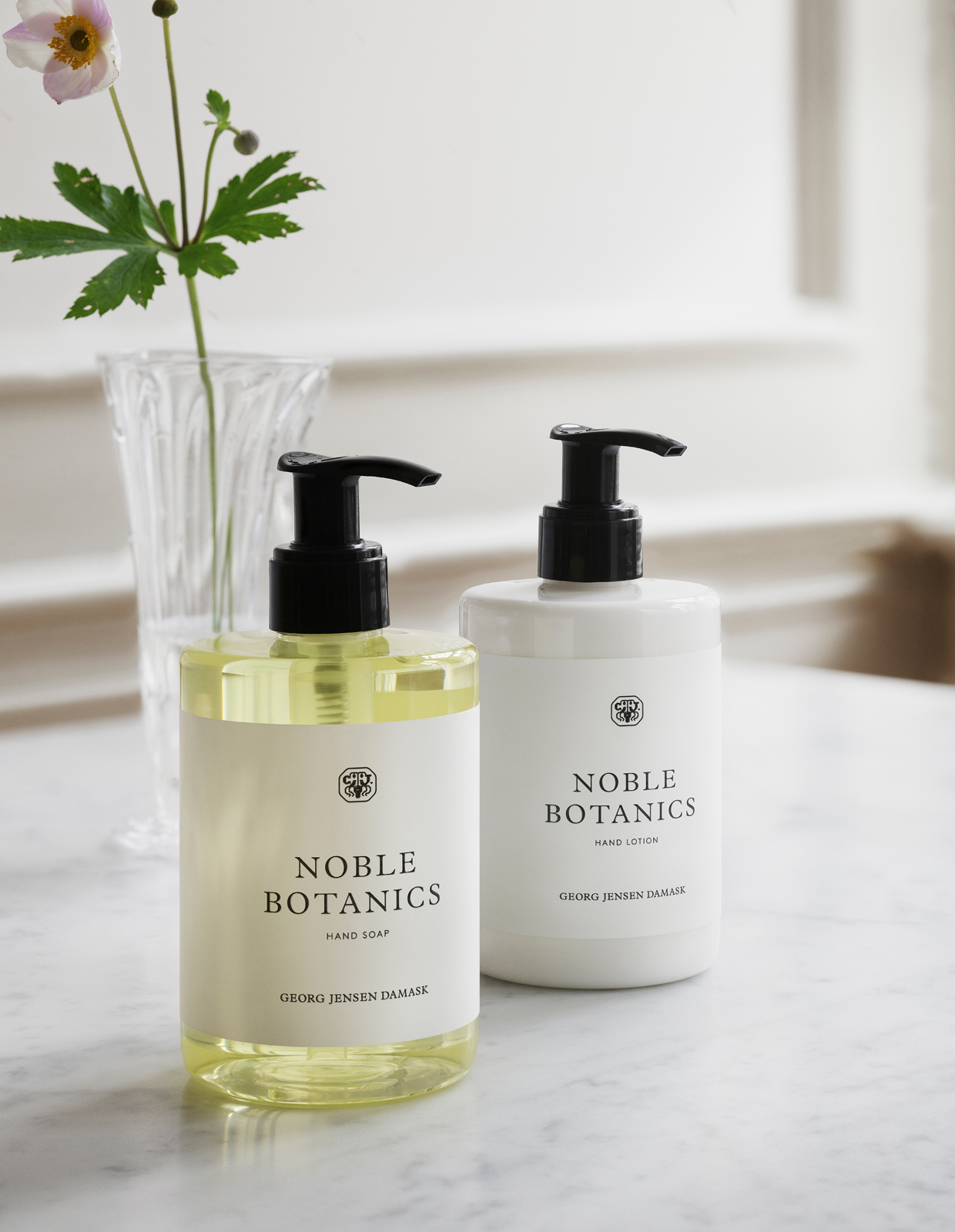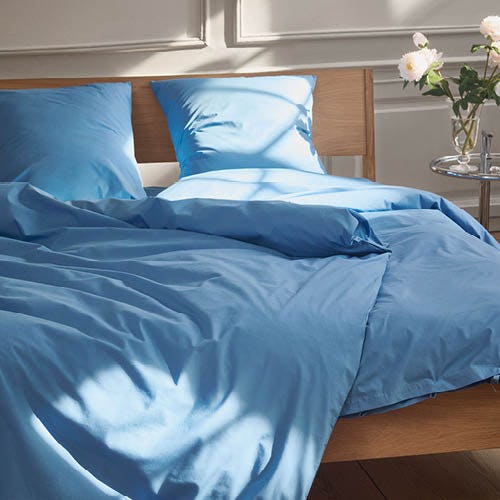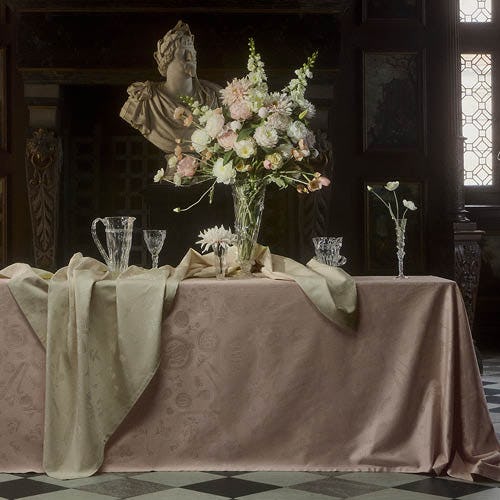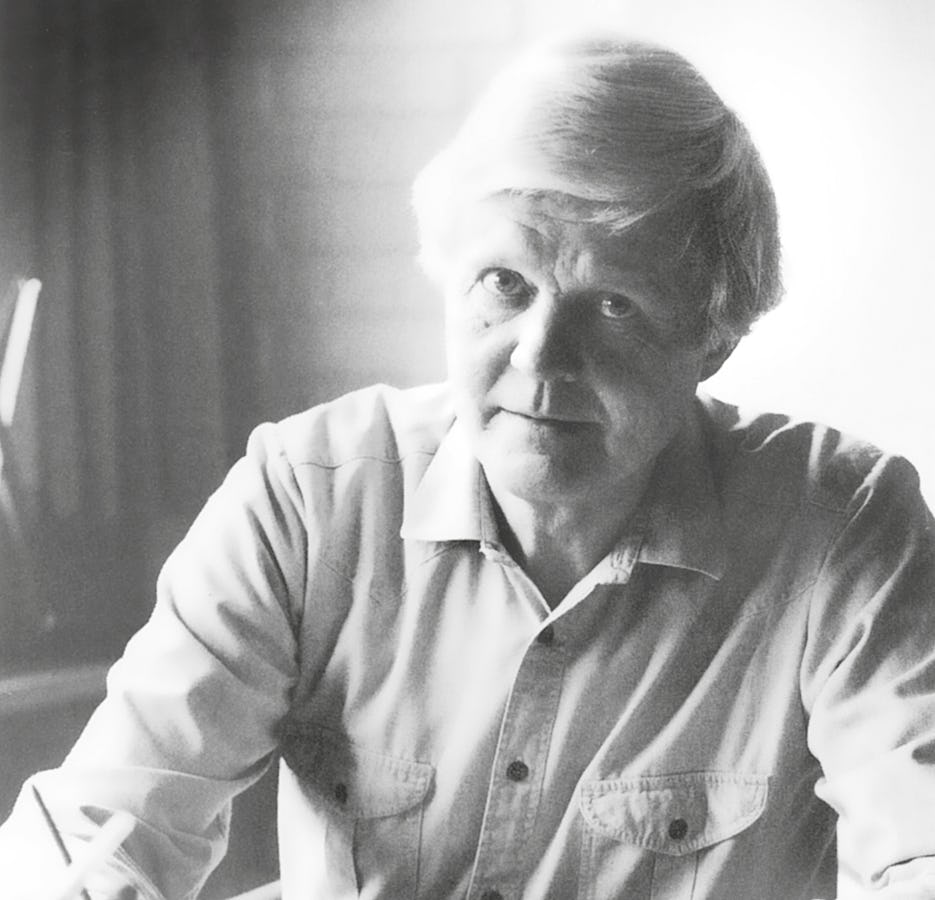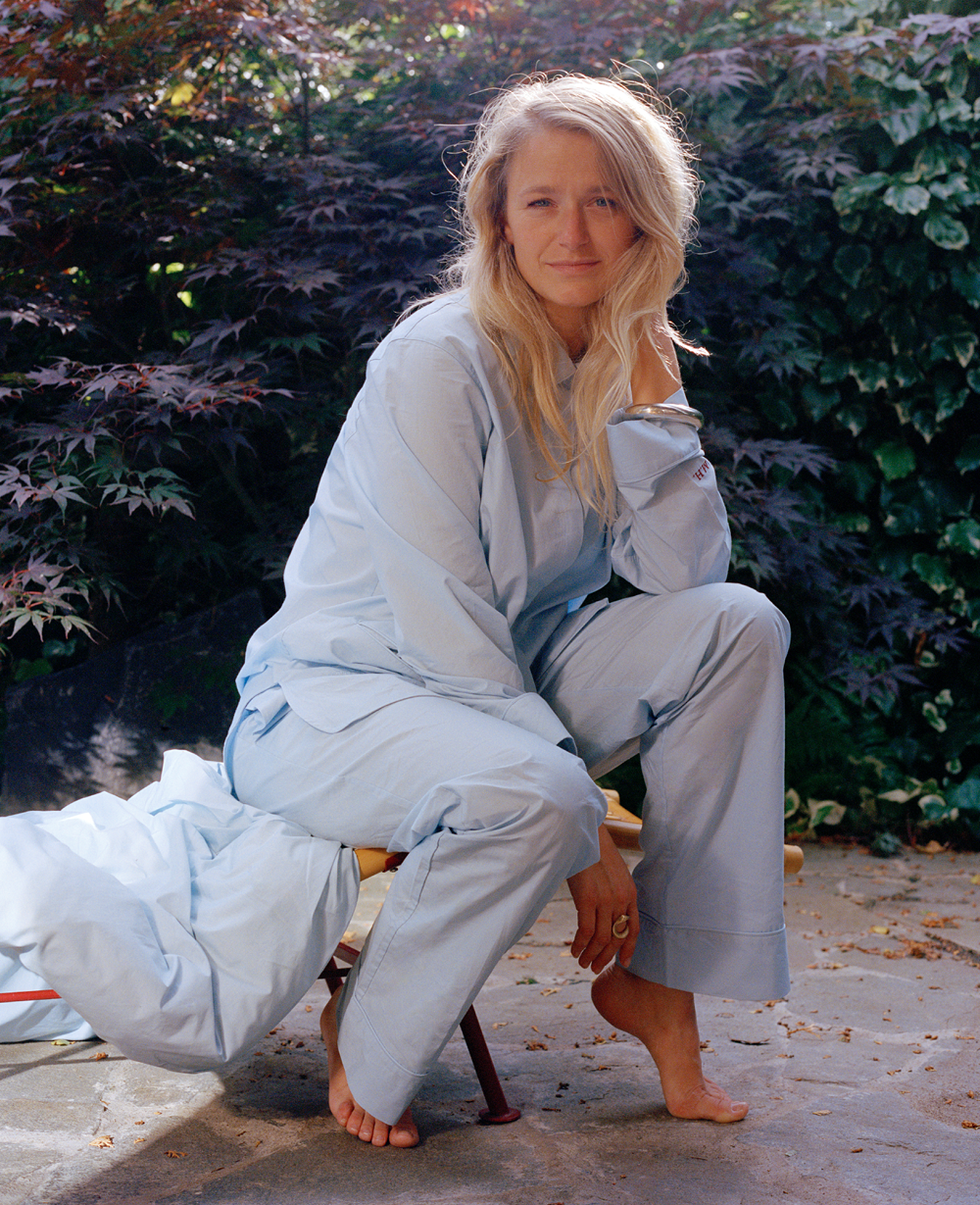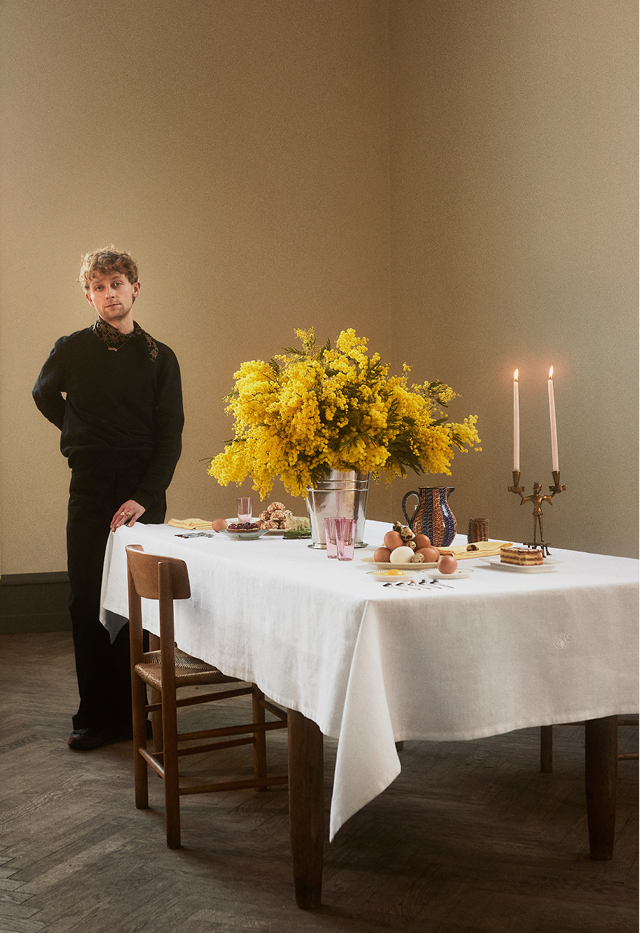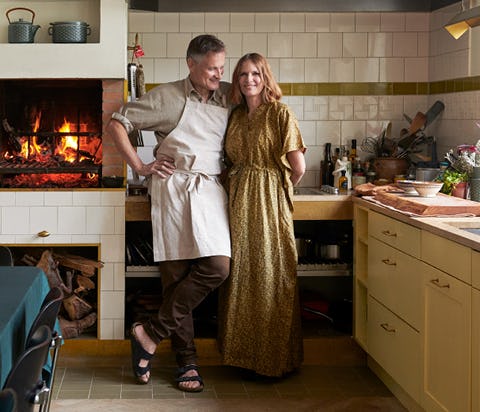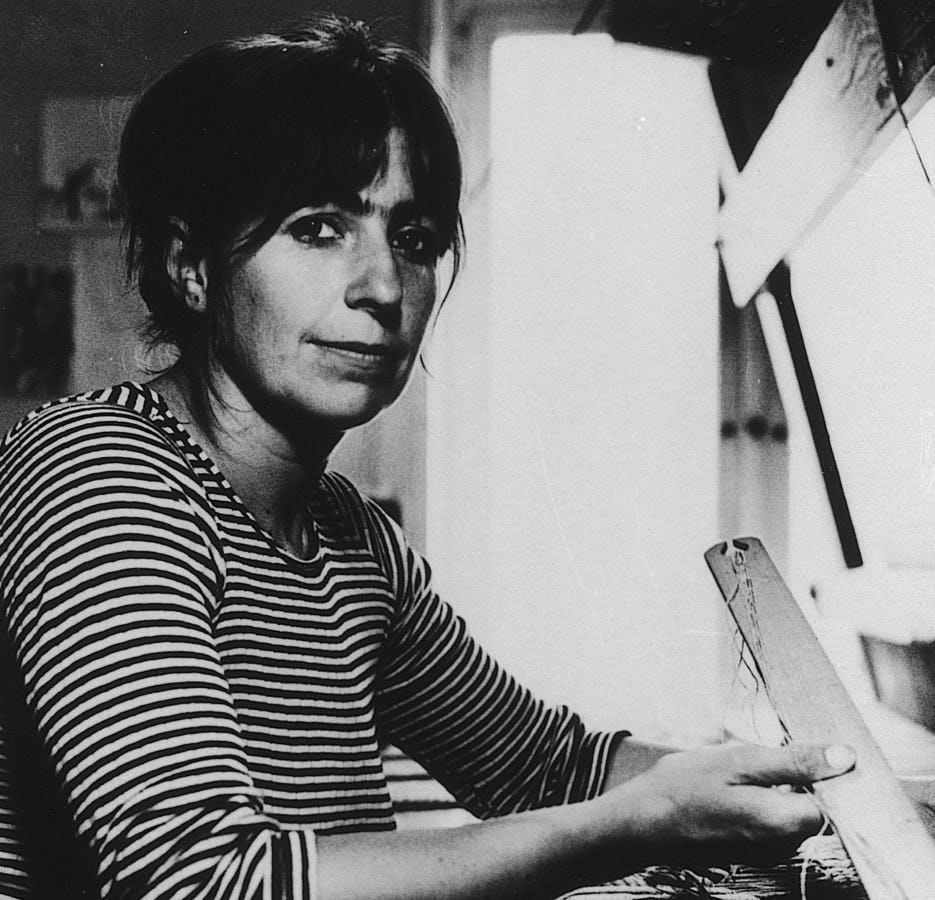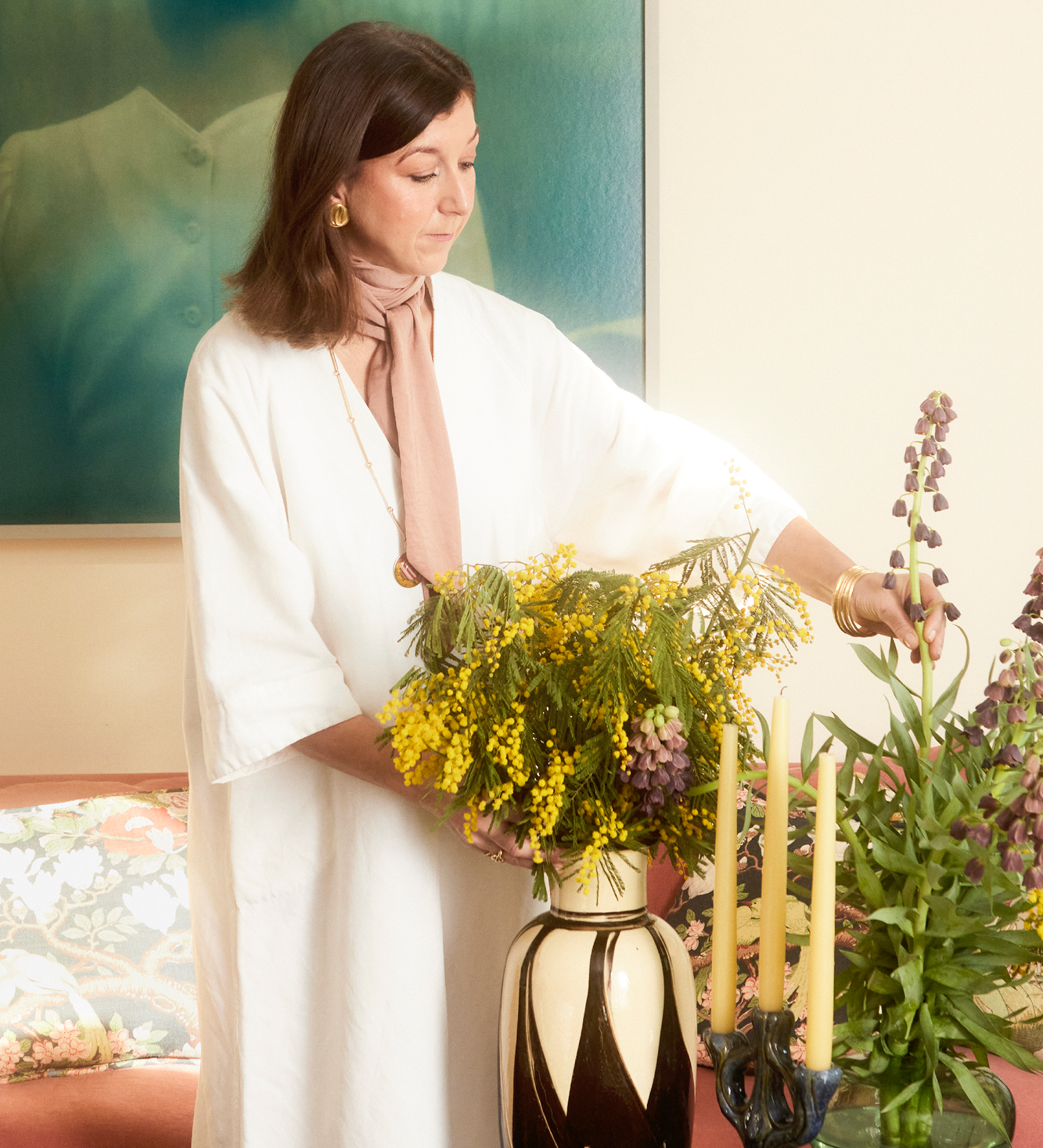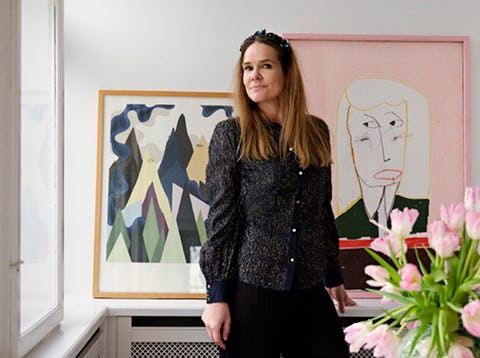
Summer is coming
Herringbone at special prices
Welcome the first signs of summer with round placemats from the Herringbone range, a herringbone classic in thick cotton in Soft Yellow. Right now we’re offering you a special price regardless of colour choice, so you can be generous with your table setting.

Mineral Green is a dusty green colour that features across the Georg Jensen Damask collection. You'll also find it on the damask-woven Facet bed linen, which is finally back in stock in the green shade. The minimalist geometric shapes of the Facet pattern were designed in the 1980s by textile artist Jette Nevers. Facet bed linen in Mineral Green is also available for children.
Back on the shelves
Soft favourites back in stock
Damask Terry towels are finally back on the shelves in the colour Mineral Green. The soft, classic towels are terry woven from 100% double-twisted combed cotton and feature a woven Georg Jensen Damask logo as an elegant detail.
Inspiration

NEWSLETTER
Get inspiration and news
Receive our emails with news, invitations and inspiration As a recipient of our news emails, you get info before everyone else. You will be kept constantly up-to-date on launches of new designs, events and online sales.
You can always unsubscribe from our newsletter


